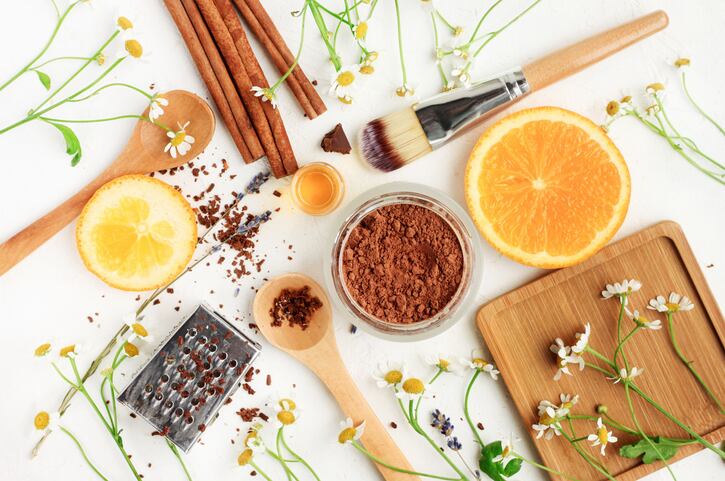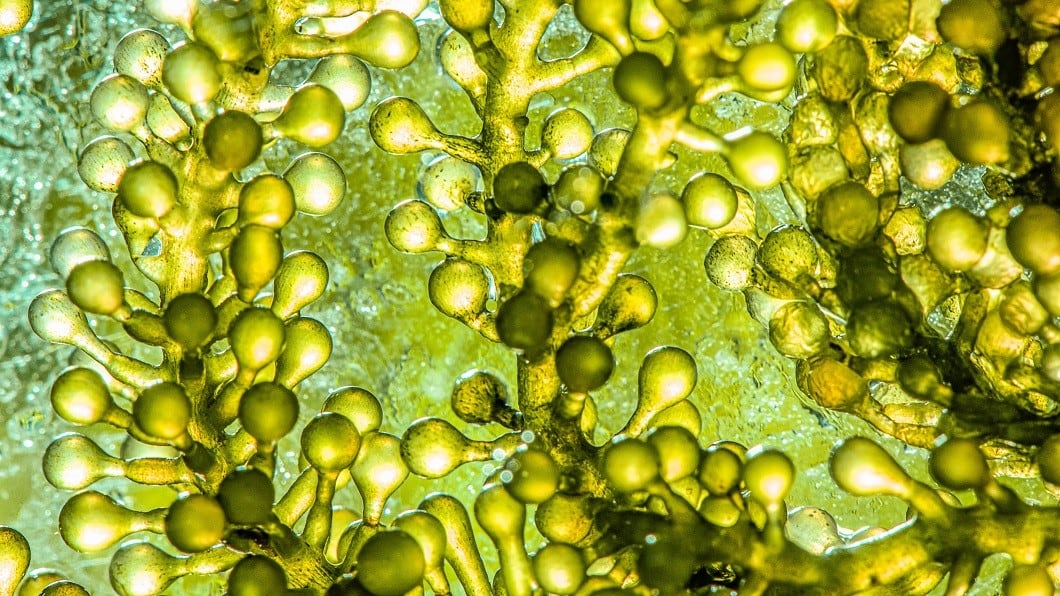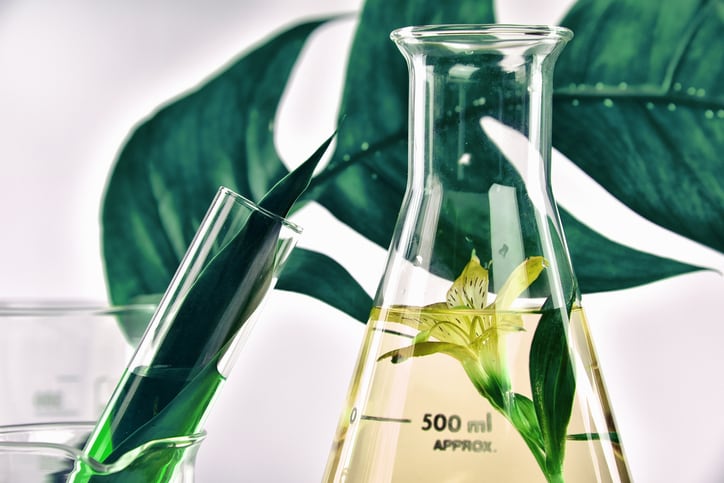Writing in Trends in Food Science & Technology, researchers from Portugal’s University of Lisbon analysed the convergence of food and cosmetics – a merging they identified as a “major trend in recent years”, and one that was set to continue.
“Nowadays, beauty can no longer be dissociated from health, and consumers consider nutrition an important pillar in skin beauty,” they wrote in the study.
Kitchen table inspiration and food waste innovation
Industry had responded to this, they said, with ‘beauty from within’ cosmetic supplements and cosmetics that incorporated food ingredients. There was also increasing interest around bioactive compounds extracted from food, completing the cycle of ‘beauty-from-inside-and-beauty-from-outside’, the researchers said.
“Many recent studies present food-derived compounds as having anti-ageing, antioxidant, antimicrobial and antiseptic properties, and there is also demonstrated evidence of skin anti-ageing activity. Skin care product developers and formulators are increasingly searching for natural and sustainable ingredients and are looking to the kitchen table for inspiration.”
Consumers had also taken this kitchen inspiration, making natural beauty treatments at home such as detox masks with grapefruit juice and yoghurt to remove dead skin cells and turmeric masks to exfoliate and unify skin pigmentation.
Raw material producers too had responded to this growing food-cosmetics convergence trend, the researchers said, developing novel actives from food sources and using food-derived waste to extract bioactive compounds.
“These approaches bring many sustainability implications and several studies report the use of green technologies for the extraction of bioactive compounds from fruits and vegetables.”
Bioactive and food ingredient stability in cosmetics
However, the researchers said that whilst there was plenty of “great potential” within the convergence of food and cosmetics, there were also challenges.
“The main challenge is related to the stability of such ingredients when out of their natural source and the maintenance of their bioactive properties once formulated.”
This also involved understanding more from further down the chain, including harvest time and storage conditions of foods used, they said. “This fact will influence directly, both quantitatively and qualitatively, the food-derived compounds and, as a consequence, the biological effect of the cosmetic products.”
“…This is a renewed area of research requiring interdisciplinary investigation in fields such as biotechnology, chemistry, food technology, molecular biology, pharmaceutical technology and toxicology,” the researchers wrote.
Developing food-based cosmetics within the wider context of ‘green beauty’ also added to the challenge, as consumer desire for products without preservatives, dyes, silicones or fragrances grew – compositions which influenced storage time, the researchers said.
Food and skin care convergence, therefore, had to be designed “respecting legislation, transparency and consumer’s health”, they said.
Source: Trends in Food Science & Technology
Published online ahead of print, doi: 10.1016/j.tifs.2019.11.015
Title: “Feeding the skin: A new trend in food and cosmetics convergence”
Authors: C. Faria-Silva et al.




